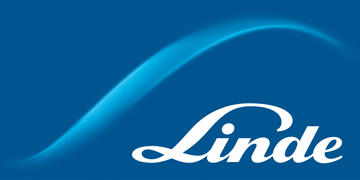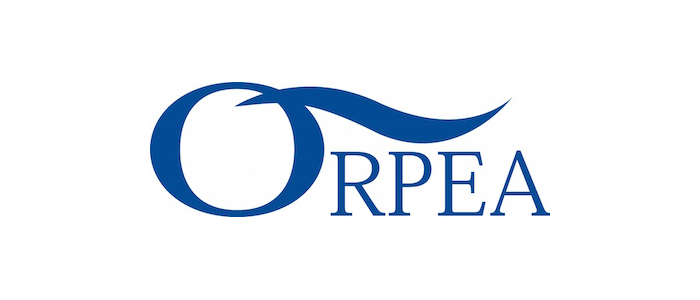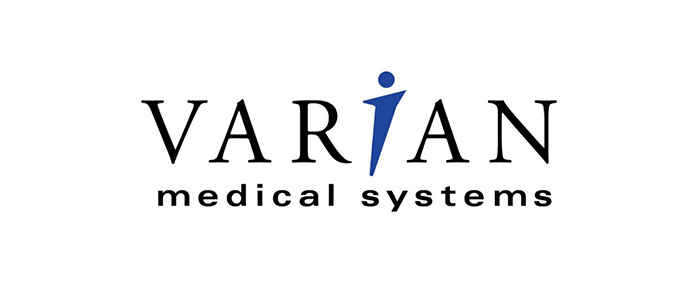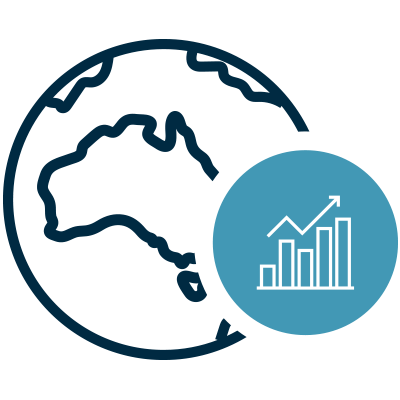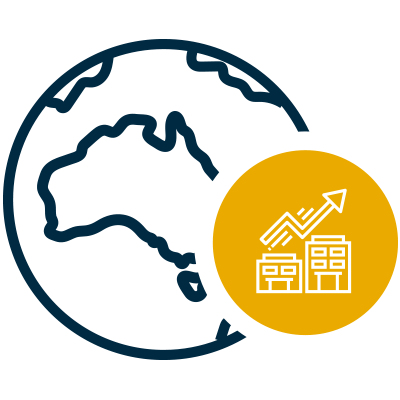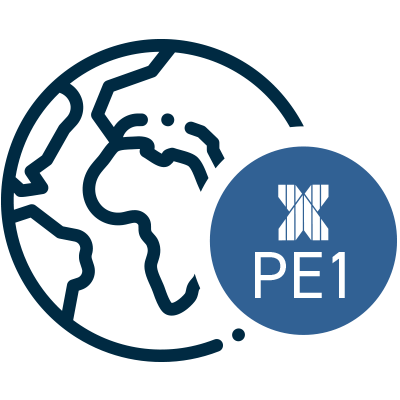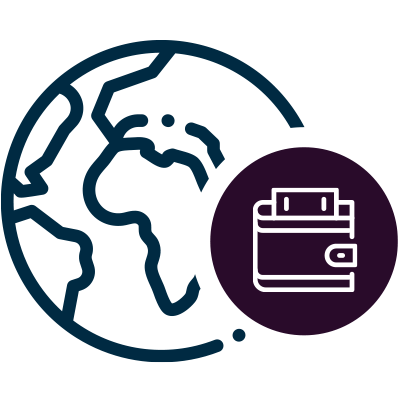SUMMARY
As we start to see the first signs of normality appear and the virus fog starts to lift, the world remains in turmoil with protests and riots spanning the globe. Not only must there be a global change in how we treat the environment, we also need a global change in the way we treat people. We must now band together to tackle both. In this environment of uncertainty and unrest we have seen the stock market recover strongly, but it is yet to be proven if this is sustainable.
Amongst all the chaos we have seen some signs of hope in the form of the EU Recovery plan. In this month’s commentary, Ty Lee shares his view on the EU recovery plan and the green strings attached to that. With 25% of the recovery spending set aside for green investments it sounds quite promising.
We are also pleased to announce the sixth edition of our Impact Report will be launched next month.
As we continue to set standards for our own business, we recently published an article on How we plan to achieve net-zero carbon emissions by 2025. Please have a read and join us in this pursuit.
This month WHEB was featured in a new study launched by the Responsible Investment Association Australasia (RIAA). The study shows the exponential growth impact investing is experiencing in Australia. Managing Partner, George Latham, also was also interviewed in Responsible Investors ESG Leaders video series.






